As an interior designer, my USP is colour; my clients often call me the queen of colour!
Colour is powerful, it’s about emotion – it can stimulate, heal, soothe, agitate or even make you angry. Painting a room the wrong colour can create a raft of negative emotions every time you walk in.
A lot of people are afraid of colour. They may love it and even wear it but putting it in the home is a different matter. Think about the colours you love and are comfortable with. Grey is currently trendy but don’t paint grey rooms just to follow a trend or because your friends have grey rooms.
If you are thinking of introducing colour on the walls of a room, here are three things to consider:
Atmosphere – What sort of mood do you want to create in the room? Do you want a cosy feel or a light and airy feel?
Light – The most important thing to consider when choosing a colour is which way the room faces and the quality and intensity of the light as it moves through the house during the day. For example, in the Southern Hemisphere, a north facing room is bright and sunny and the easiest to decorate because the quality of the light means every colour looks good. A south facing room is the most difficult room to decorate especially if you want to create light and space because it gets no direct sunlight. East facing rooms have a blue light and are warm in the morning and cold in the evening. West facing rooms are the opposite of east facing rooms – cold in the morning but warm in the evening. With both east & west facing rooms when you use the rooms is an important factor in the colours you choose.
Living in the Northern Hemisphere this advice for north and south facing rooms is simply reversed, while the advice for east and west facing rooms stays the same.
Size of the room – For large rooms use blues & greens as they are receding colours. The paler tones create an illusion of space and the brighter tones will cool down a hot room. These colours are soothing so perfect for private spaces like bedrooms. Reds & yellows are advancing colours and are stimulating therefore good for social spaces like dining rooms and sitting rooms. The Victorians often painted their dining rooms in red to stimulate conversation. Use in moderation in small rooms or on low ceilings or they will make the room feel claustrophobic
If you are afraid of colour use the 80/20 approach to colour – 80% neutrals 20% strong colours.
Here are some ways to introduce colour in a room (I have used images of client work and my own home):
Accessories - cushions, throws, flowers, plants, artwork, rugs etc which can be easily removed
Low down, below eye level - lower part of a kitchen island and/or undercounter kitchen units; a free-standing bath.
A piece of furniture in an accent colour like this sideboard which I upcycled with Annie Sloan chalk paint.
A downstairs loo/cloakroom is a great place to have some fun with colour and create a wow factor with paint or even wallpaper as they are rooms you don’t spend much time in.
Here are a few more tips when choosing a wall colour for a room, be it a neutral or a colour:
Don’t try to match the wall colour to the furniture or vice versa as they could clash or look boring. Choose a shade much lighter or darker that will complement
Disguise an ugly feature - Painting walls and woodwork the same shade helps disguise unwanted architectural details and makes a space feel bigger
Make a tall ceiling seem lower - Choose a warm colour to match or complement the flooring
Make a low ceiling seem taller - Choose a pale cool colour e.g. pale blue or green (receding colours) or white
Make a small room seem larger - Choose a pale yellow as it is highly reflective
Make a large room feel cosy - Choose a warm red on the walls
Make a long, narrow hall look wider: Choose a pale cool receding colour like pale green or green blue
You may also like to read

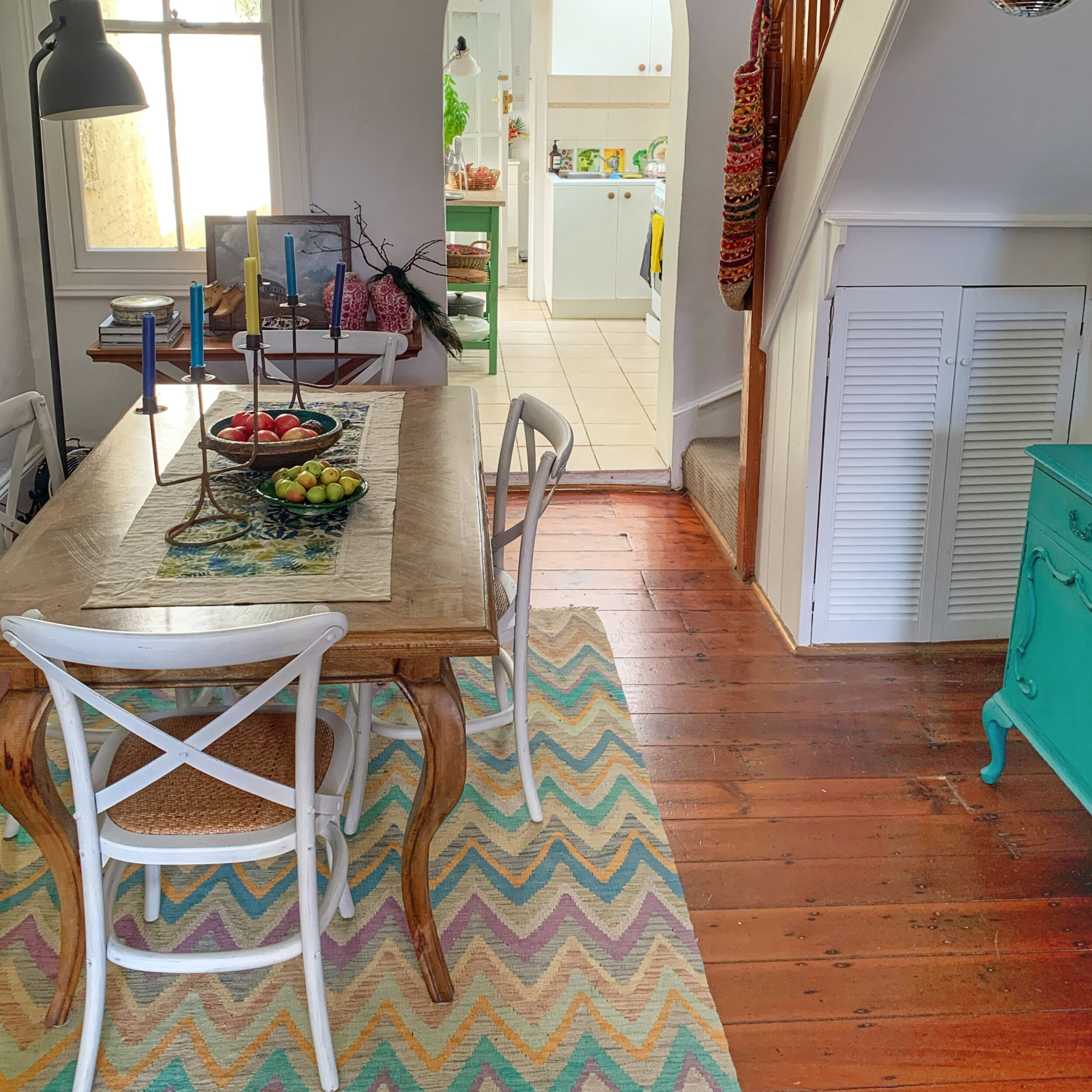
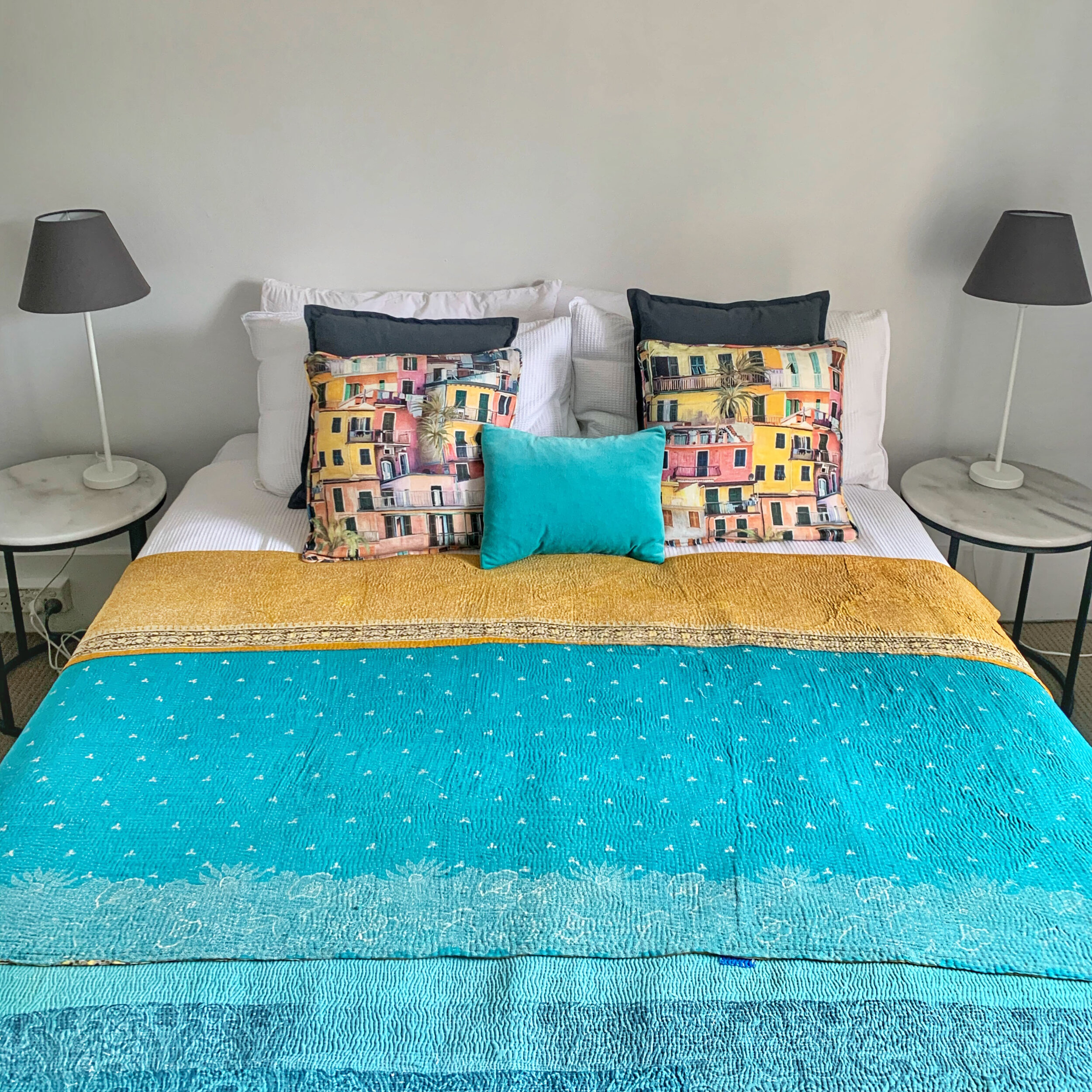


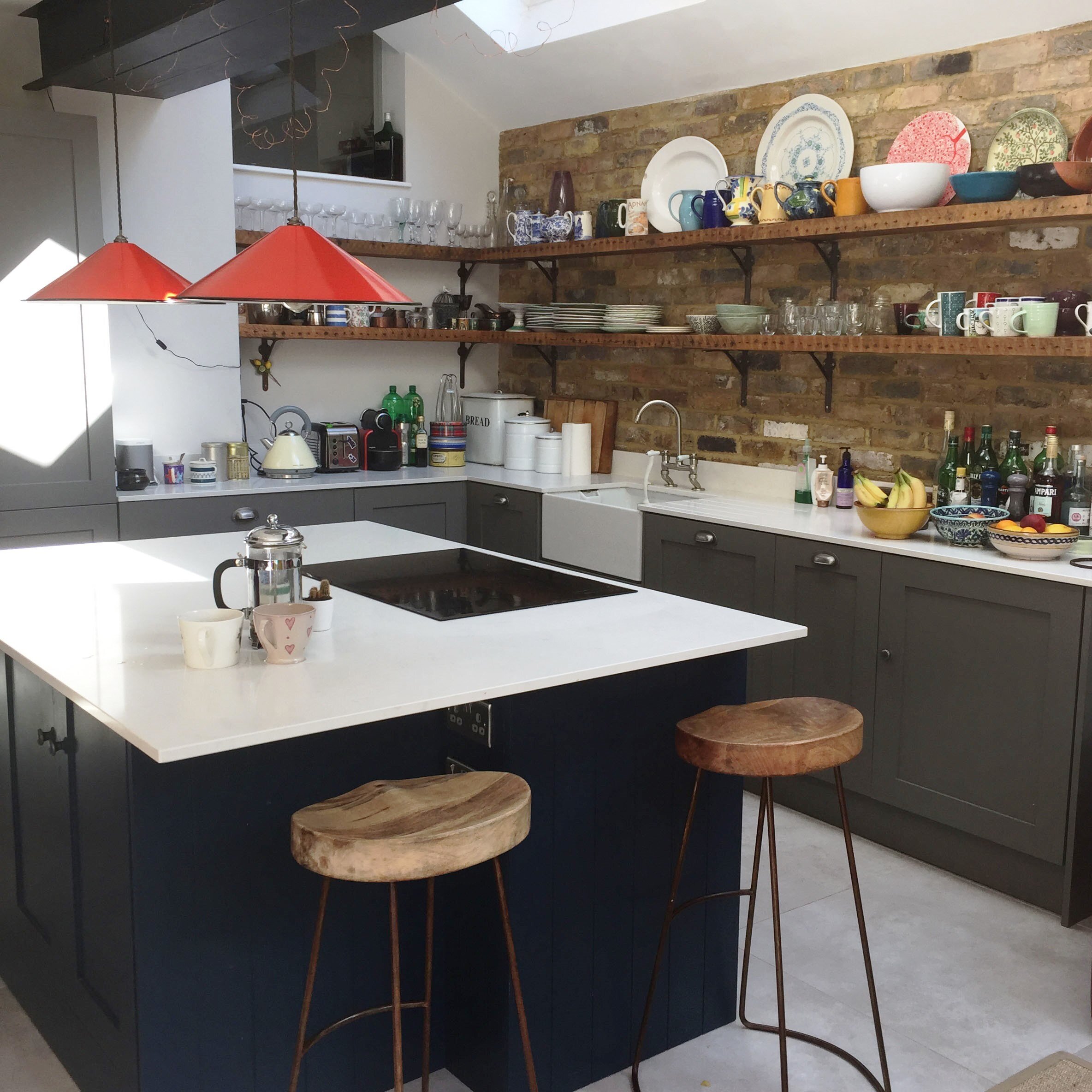
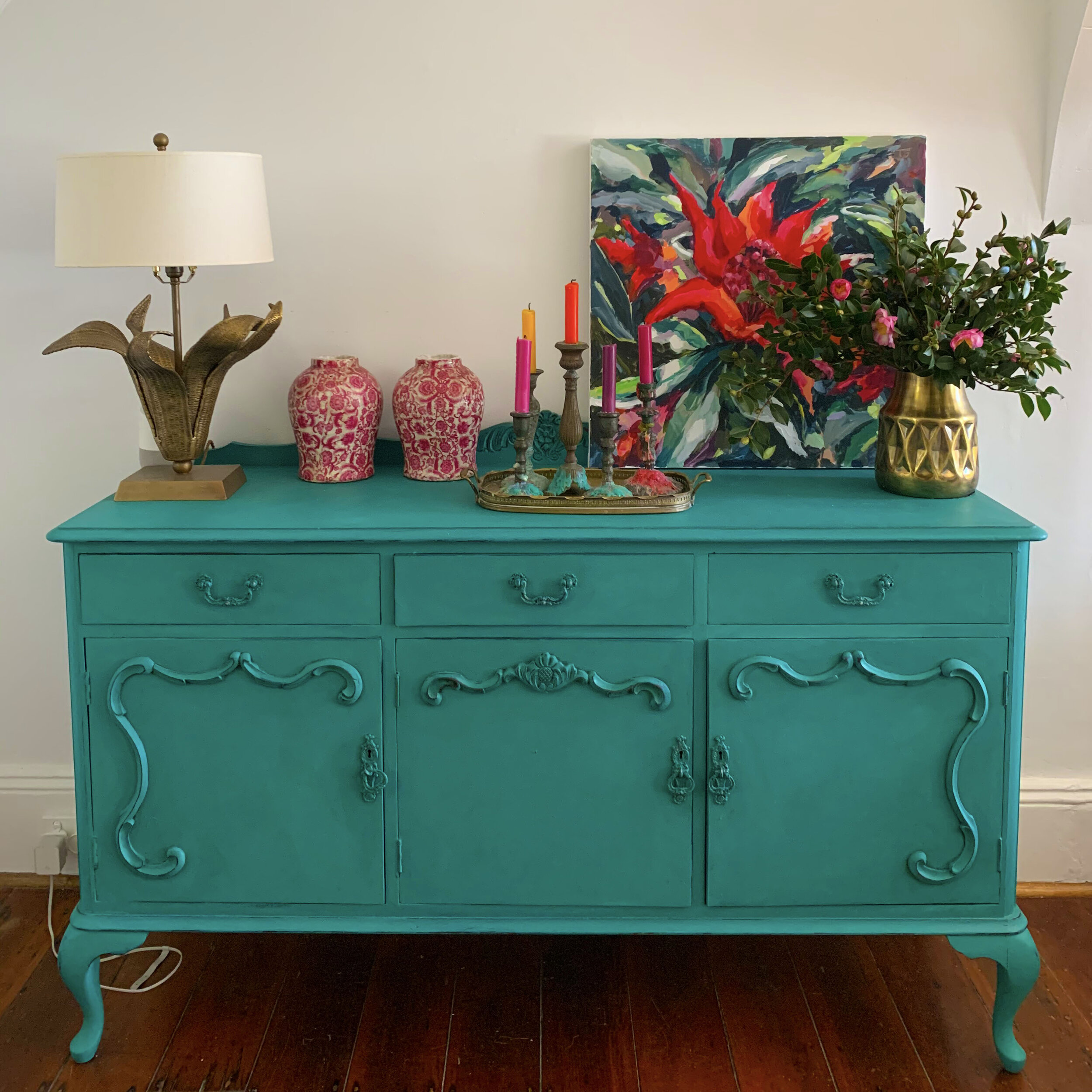
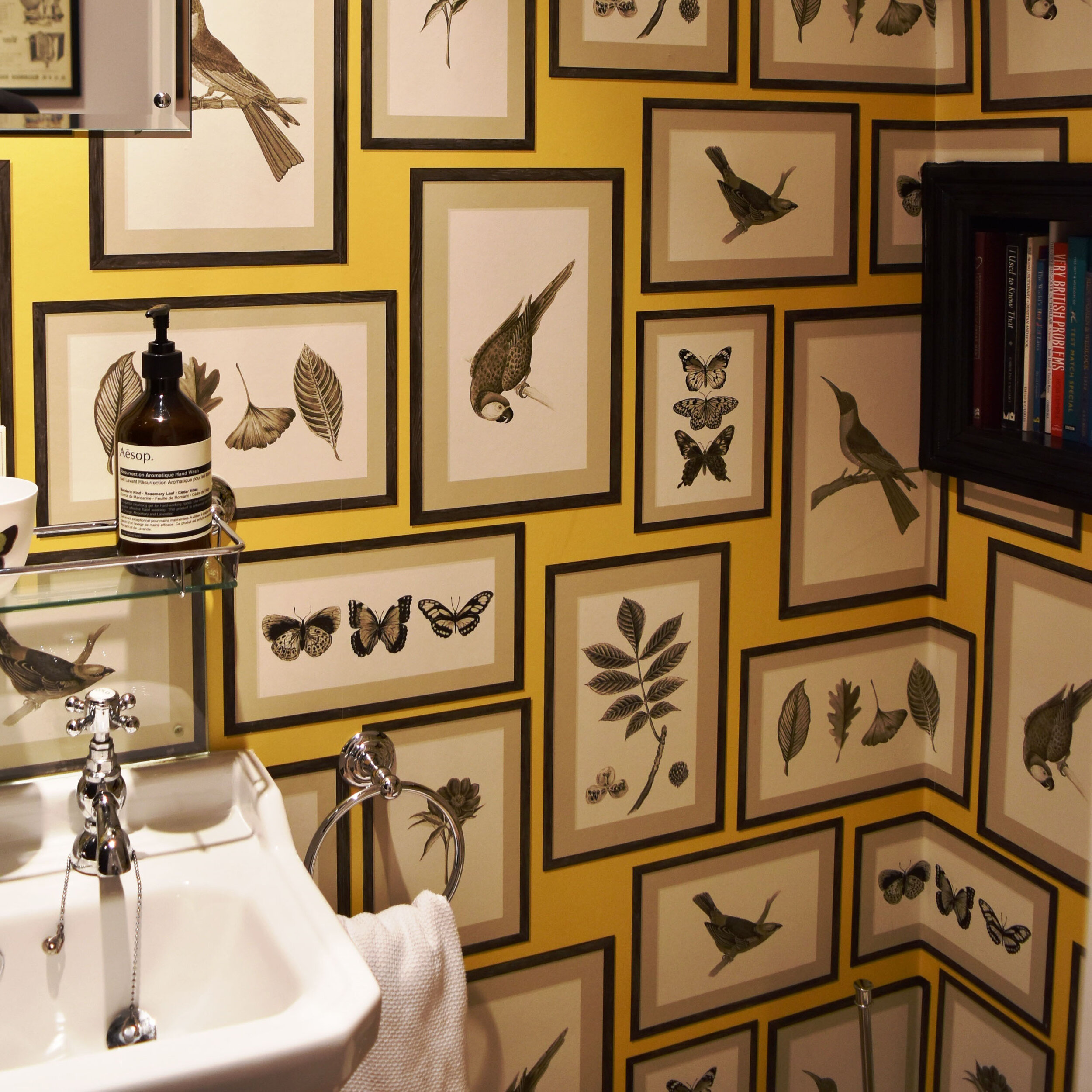
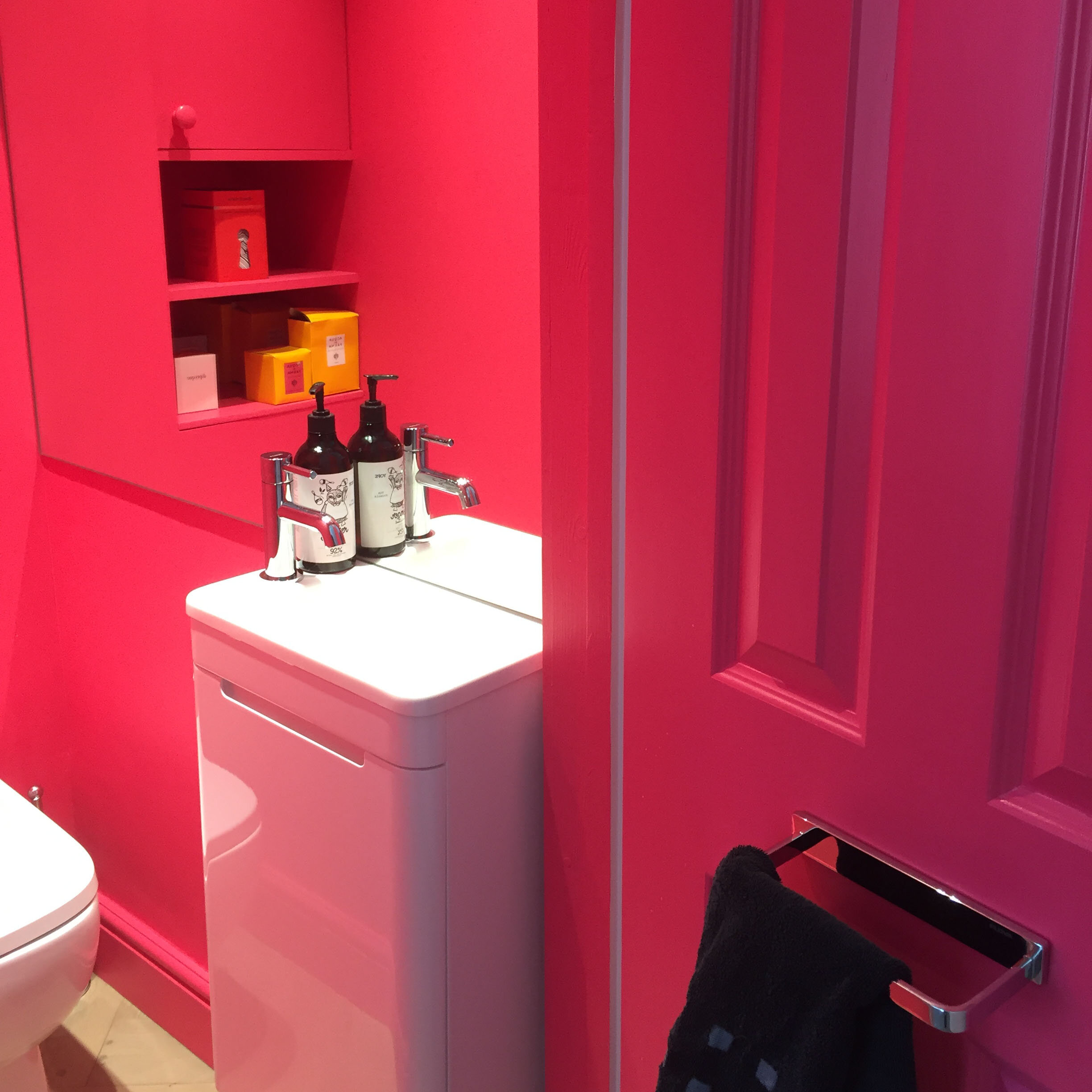




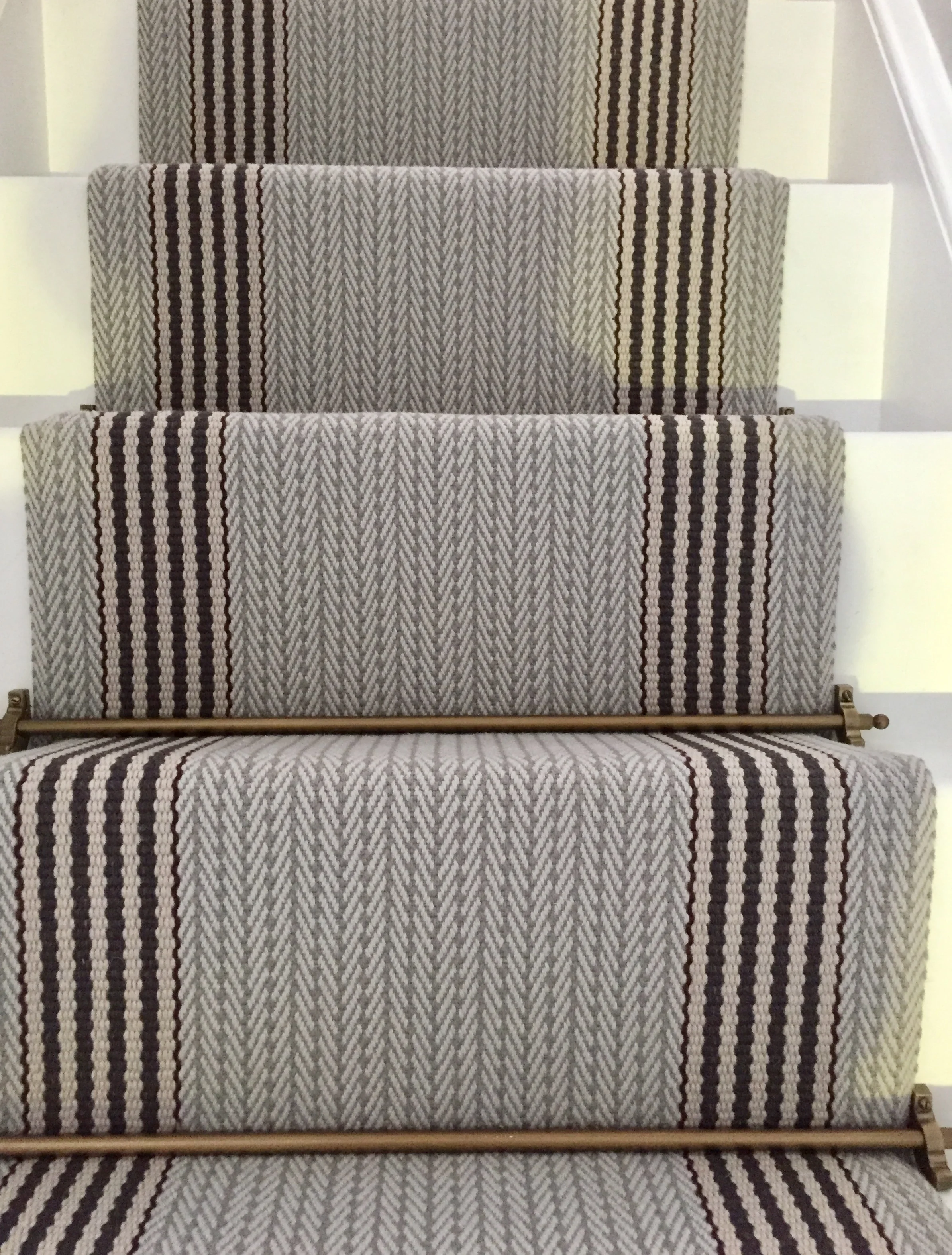




It's so important to create an instant visual impact because people form an opinion of your home within the first 20 seconds of entering. Here's another beautiful stair runner I created.